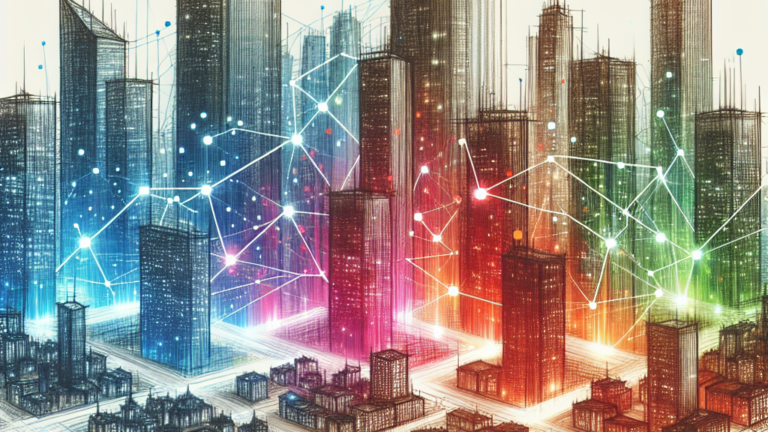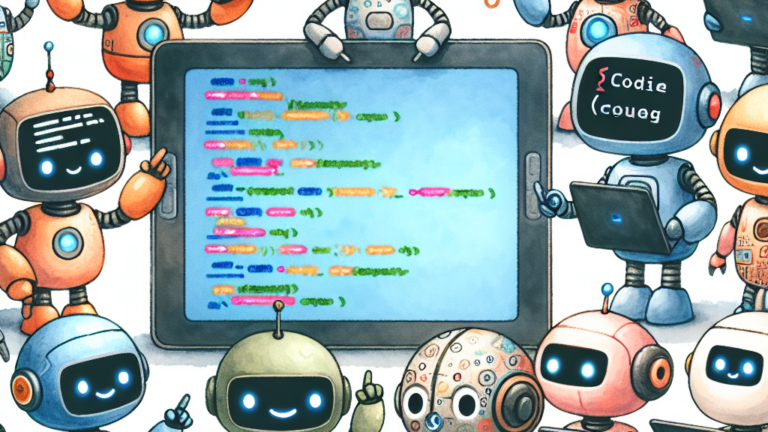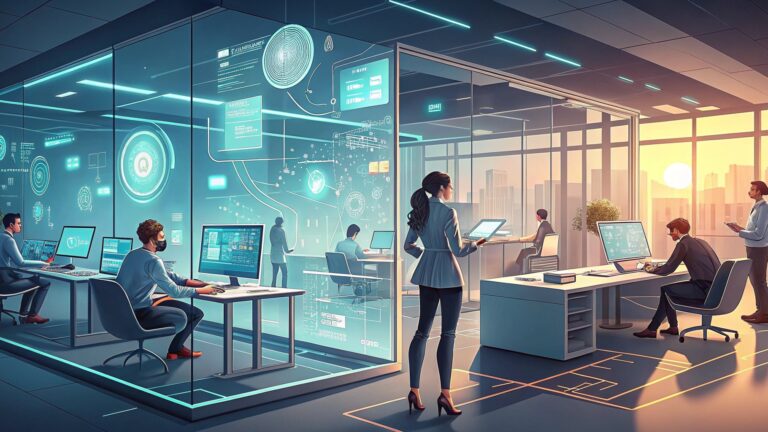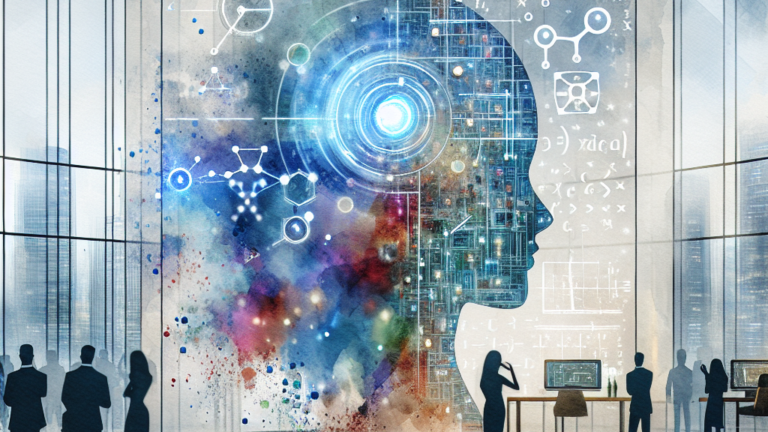
Introduction
In 2024 the AI industry saw rapid development from companies around the world in text, image, video, and audio domains. While many industries slow down between Thanksgiving and New Year’s, 2024 saw the major AI companies ramp up their releases, seemingly seeking to outdo one another before the end of the year. Google and OpenAI led the way, with impressive new capabilities and models being released on a near-daily basis over the two weeks leading up to Christmas.
So, what does this all mean for 2025? I’ll provide some thoughts, starting with the ones I’m most confident in and wrapping up with some less likely predictions.
Test-time compute takes off
For most of the last few years frontier model improvements have come from improved training data and techniques. While there are still gains to be made from that approach, the industry is shifting to test-time compute, where the model evaluates many possible solutions at the time they are prompted. This is a shift in how people interact with frontier models, as it may take a few minutes for the model to respond.
The additional time the model takes to respond can be worth it in many cases, as it can provide valuable insights in science, math, and coding. For example, OpenAI’s first series of test-time compute models, called o1, demonstrates significant improvements over their previous GPT model series. o3, announced in December 2024, showed even more impressive results.
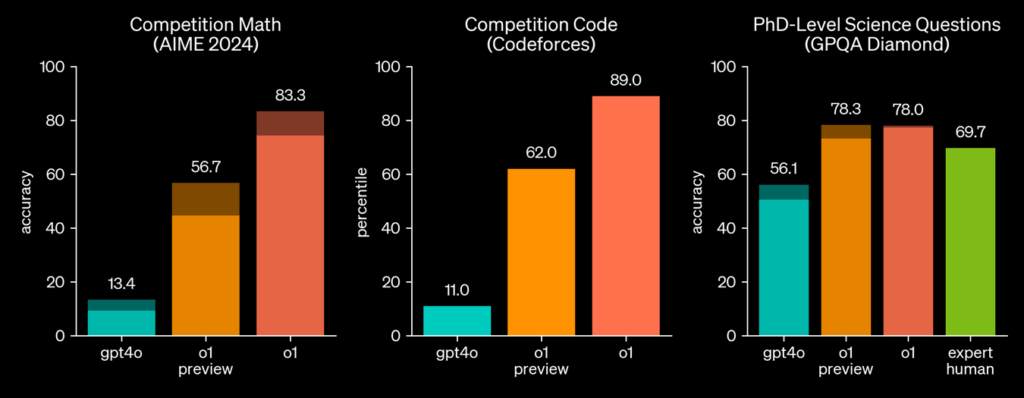
It will take some time for people to learn how and when to use these more powerful (and costly) models, but the payoff to doing so will be huge, as almost anyone will have access to an expert-level assistant.
Innovative UX takes off (e.g. Whisk, tldraw computer)
Most people have interacted with frontier models via various chat interfaces, but I expect that to change in 2025. In the last few weeks of 2024, we saw companies experiment with new interfaces, such as Google’s Whisk, which provides a new way to generate images, and tl;draw computer, which is a visual interface for connecting inputs and outputs of models on a virtual canvas. While many of these experiments won’t gain traction, I expect to see companies continuing to innovate and some of the new ideas will catch on.
Agents as coworkers
Agent became one of the trendiest AI terms in 2024 and it’s not going anywhere. Many startups are developing task- or domain-specific agents and the big tech companies are embracing the idea as well. In 2025 we can expect to see it become much easier for people to develop agents to automate tasks and connect to the systems they use every day. As agents become increasingly integrated into our work lives, I think people will start to view them as coworkers – even going so far as to refer to them by name. Google demoed such an “AI teammate” at Google I/O in 2024, so I expect it to roll out in 2025.
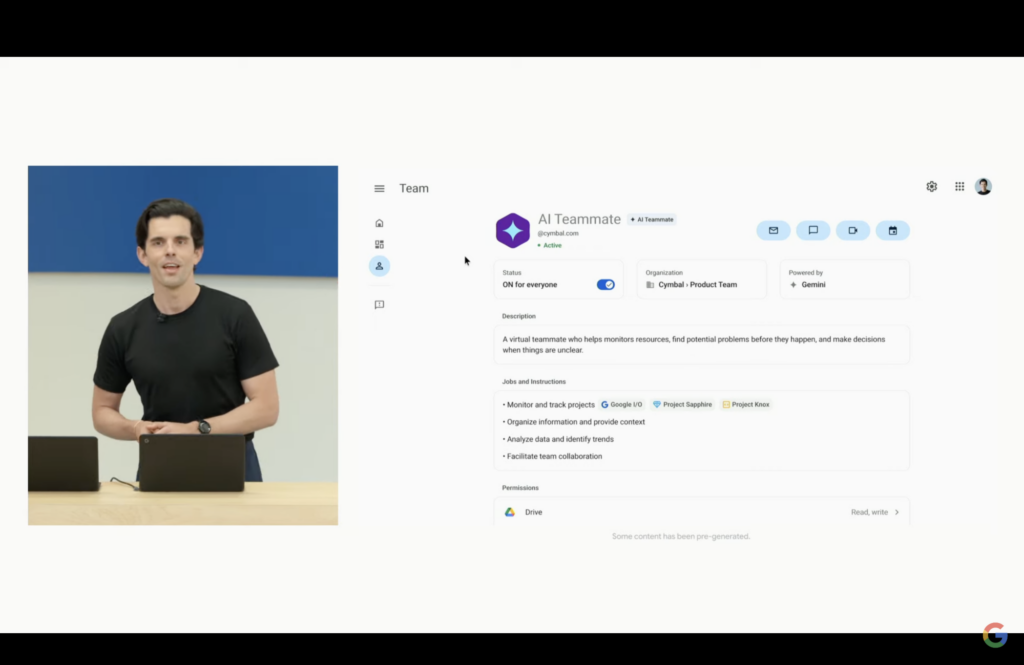
OpenAI relinquishes its crown
While OpenAI has set the standard for frontier models for the last couple of years, Google’s Gemini model series has quickly caught up and many AI enthusiasts prefer Anthropic’s Claude Sonnet model over OpenAI’s models. I expect Google and Anthropic to continue releasing new models on a regular basis, and by the end of 2025 one of them will be recognized as the leading AI company against which others (including OpenAI) are compared.
If I had to pick one, I’d go with Google. They have a legacy of AI developments that is unmatched, plus they seem to have integrated the Deepmind team well. Additionally, they have the advantage of developing their own processors, called TPUs. Lastly, they don’t have to rely on external funding as they generate hundreds of billions of dollars of profit each year. These factors lead me to believe that they will release such impressive models during 2025 that they will become the recognized leader in frontier models.
Humanoid Robots in the Home
While developments in robotics seem to not garner as much attention as frontier models, humanoid robots saw significant improvements in 2024. Figure’s second generation robot has started to work in BMW factories, but perhaps more exciting for most of us was the demo with OpenAI where they showed the robot putting away dishes! Many Chinese companies have shown impressive progress as well, leading me to believe that we’ll see a humanoid robot targeted for home use in 2025, selling for <$20k. This robot should be able to help with cleaning, tidying up, and perhaps laundry. In subsequent years I predict that meal kit services will team up with robotics companies to deliver meals that can be prepared by these household robots.
AI plays significant role in scientific or math breakthrough
OpenAI’s o1-pro (released in November 2024) and o3 (announced in December 2024) exceeded almost anyone’s expectations of model performance on science, math, and coding benchmarks in 2024. Only time will tell how these models perform in real world situations, but there are some early indications that the models can provide useful insights on highly complex scientific topics. I believe (or at least hope!) that as these models become more accessible and people learn how to incorporate them into their work that we will see at least one scientific or mathematics breakthrough that would not have been possible without future versions of these models.
Conclusion
We’ll have to wait to see how 2025 plays out to see which of these predictions comes true, but one thing I am certain of: the pace of development in AI will not slow down.

